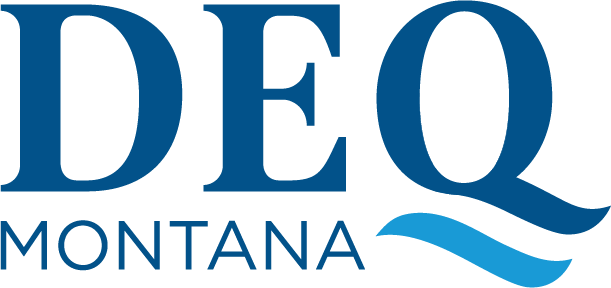Program Overview
The alternative fuels and transportation sectors in Montana are dynamic and ongoing areas of focus in the Energy Bureau. The Energy Bureau’s clean transportation program priorities include: leveraging public and private sector investment in the electric vehicle market in Montana, coordinating electric vehicle infrastructure deployment across the Intermountain West, reducing diesel emissions in the transportation sector, and advancing clean transportation innovation and fueling alternatives.
Alternative Fuels & Transportation Contacts
Section Supervisor
Kyla Maki (406) 444-6459
Energy Resource Professional
Neal Ullman (406) 444-6582
Sign up for e-mail updates
Transportation
Clean Truck, Bus & Airport Equipment Funding Program
The Clean Truck, Bus & Airport Equipment Program matches funds to replace older diesel trucks, buses or airport ground support vehicles with battery electric, alternate fuel, or diesel vehicles. Examples of types of vehicles for this funding opportunity can include garbage trucks, street sweepers, bucket trucks, buses, or vehicles that service aircrafts between flights.
This two-phase solicitation schedule includes different application submission requirements for each phase but uses the same application forms. Carefully review the Two-Phase Solicitation Schedule below for dates and requirements. DEQ will only review applications submitted by the deadlines identified in the RFA schedule table below and will only review applications submitted for the Final Solicitation that were also submitted during the Draft Application Phase.
| RFA Article | Deadline |
|---|---|
| New - Draft Application Phase | To be eligible for funding, entities must submit a draft application for DEQ's review and comment by December 5, 2025 by 2:00pm. |
| RFA Announcement & Informational Webinar | October 6, 2025 - 1:00pm |
| Applicants should work with Energy Office program staff to ask questions, receive assistance, and discuss draft applications. | October 6, 2025 - 2:00pm |
| Complete, signed draft applications and all attachments submitted to Neal Ullman. To be eligible for funding during the Final Application Phase, entities must submit a draft application during the Draft Application Phase. | December 5, 2025 - 5:00pm |
| Draft application feedback posted | January 9, 2025 |
| Final Application Phase | -- |
| Final Solicitation opens. eMACS Q&A Board opens and after this date, all questions must be posted to the Q&A Board in eMACS. | January 16, 2026 - 2:00pm |
| eMACS Q&A Board closes | January 23, 2026 - 2:00pm |
| Final, complete, signed applications and all attachments submitted via eMACS. Unsigned applications and any applications or attachments submitted outside of eMACS will be rejected. Attachments submitted during the Draft Application Phase that are necessary for the Final Application Phase must be re-submitted; DEQ will not use applications or attachments submitted during the Draft Application Phase during the final solicitation review process. | January 30, 2026 |
| Award Notification | Approximately 21 days after Application Deadline |
| Execution of Contract between DEQ & Successful Applicants | Approximately 120 days after Award Notification |
- October 6 Meeting Recording – Montana Clean Truck, Bus & Airport Equipment Funding Program Webinar
- Presentation Slides
- Request for Application FAQ
- Sample Letter of Commitment
- Clean Truck, Bus & Airport Equipment Request for Application
- Truck & Bus Application Form
- Airport Equipment Application Form
- Appendix A: Priority Air Quality Counties and Areas
- Appendix B: Project Examples
- Draft Model Contract
- Apply on eMACS - Entities that apply in the Final Application Phase must register with eMACS. Once registered, look for the funding opportunity (called an “event” in eMACS) by clicking on “State Bids & Proposals. The Clean Truck, Bus & Airport Equipment event will be posted to eMACS on January 16, 2026.
National Electric Vehicle Infrastructure
Montana’s Electric Vehicle Infrastructure Deployment Plan was developed as part of the National Electric Vehicle Infrastructure (NEVI) program, signed by the president on November 15, 2021, which allocates $43 million to the state over the next 5 years to build out electric vehicle fast-charging infrastructure along key travel corridors in the state.
2024
- July 15 Meeting Recording - Montana Electric Vehicle Infrastructure Deployment 2024 Plan Update
- July 16 Meeting Recording - Montana Electric Vehicle Infrastructure Deployment 2024 Plan Update
- Presentation slides
2023
- July 10 Meeting Recording - Montana Electric Vehicle Infrastructure Deployment 2023 Plan Update
- Presentation slides
2022
Alternative Fuels
Alternative fuels are any fuel other than gasoline and diesel that is used to power motor vehicles of any size. The U.S. Energy Policy Act of 1992 defines an alternative fuel as:
- Biodiesel (B100)
- Natural gas and liquid fuels domestically produced from natural gas
- Propane (liquefied petroleum gas)
- Electricity
- Hydrogen
- Blends of 85% or more of methanol, denatured ethanol, and other alcohols with gasoline or other fuels
- Methanol, denatured ethanol, and other alcohols
- Coal-derived, domestically produced liquid fuels
- Fuels (other than alcohol) derived from biological materials
- P-Series fuels
The U.S. Department of Energy may designate other fuels as alternative fuels, provided that the fuel is substantially non-petroleum, yields substantial energy security benefits, and offers substantial environmental benefits.
Alternative Fuels Resources:
- Get the basics on these fuels from the Alternative Fuels Data Center
- Find an electric charging or alternative fuel station
An electric vehicle is one that is powered in full or in part by an electric motor or motors and uses electric energy stored in rechargeable batteries to propel the vehicle. There are many types and models of electric vehicles available today. Categories of electric vehicles include:
Electric vehicle (EV) or Battery Electric Vehicle (BEV): these vehicles derive all power from an electric motor and use energy stored in rechargeable battery packs. These vehicles do not have an internal combustion engine. Examples of electric vehicles include all Tesla models, the Chevrolet Bolt, and the Nissan Leaf.
Plug-in Hybrid Electric Vehicle (PHEV): a vehicle that uses an electric motor for propulsion but also has an internal combustion engine onboard to provide power for a generator, which maintains a minimum charge level on a battery. PHEVs have an electric range of 20-50 miles depending on the model which include cars like the Chevrolet Volt, the Ford Fusion Energi, and the Toyota Prius Prime.
Electric Vehicle Resources:
- Find an electric vehicle charging station near you
- Watch a demonstration of electric vehicle capabilities in the Greater Yellowstone-Teton area
- Compare EVs and PHEVs through the U.S. Department of Energy
- Webinar: Solar Powered Transportation in Montana - December 14, 2021
Charging Stations
Electric vehicle charging stations are also known as electric vehicle supply equipment. Review the three different levels of charging stations.
Biodiesel is a renewable, biodegradable fuel manufactured domestically from vegetable oils, animal fats, or recycled restaurant grease. Biodiesel meets both the biomass-based diesel and overall advanced biofuel requirement of the Renewable Fuel Standard.
Biodiesel is a liquid fuel often referred to as B100 or neat biodiesel in its pure, unblended form. Like petroleum diesel, biodiesel is used to fuel compression-ignition engines. See the table for biodiesel's physical characteristics.
Biodiesel performance in cold weather depends on the blend of biodiesel, the feedstock, and the petroleum diesel characteristics. In general, blends with smaller percentages of biodiesel perform better in cold temperatures. Typically, regular No. 2 diesel and B5 perform about the same in cold weather. Both biodiesel and No. 2 diesel have some compounds that crystallize in very cold temperatures. In winter weather, fuel blenders and suppliers combat crystallization by adding a cold flow improver. For the best cold weather performance, users should work with their fuel provider to ensure the blend is appropriate.
In Montana, biodiesel production facilities that produce biodiesel from waste cooking oil and that produce more than 2,500 gallons of biodiesel per year must obtain a Class II Solid Waste Management Systems License. The license must be renewed annually.
Biodiesel production facilities that produce biodiesel from waste cooking oil and who produce less than 2,500-gallons per year for personal use must obtain a Small Biodiesel Production Facility license. The license is free, but requires an annual license renewal.
Biodiesel Resources:
- Find a biodiesel station near you
- Learn more about biodiesel with this EPA fact sheet
- Get all the information on biodiesel from the U.S. Department of Energy
- To learn about biodiesel facility licenses and fees, visit the Solid Waste Management Section
Ethanol is a renewable fuel made from various plant materials collectively known as "biomass." More than 98% of U.S. gasoline contains ethanol, typically E10 (10% ethanol, 90% gasoline), to oxygenate the fuel, which reduces air pollution.
Ethanol is also available as E85 (or flex fuel), which can be used in flexible fuel vehicles, designed to operate on any blend of gasoline and ethanol up to 83%. Another blend, E15, is approved for use in model year 2001 and newer vehicles.
Ethanol Resources:
Hydrogen (H2) is an alternative fuel that can be produced from diverse domestic resources. Although the market for hydrogen as a transportation fuel is in its infancy, government and industry are working toward clean, economical, and safe hydrogen production and distribution for widespread use in fuel cell electric vehicles (FCEVs). Light-duty FCEVs are now available in limited quantities to the consumer market in localized regions domestically and around the world. The market is also emerging for buses, material handling equipment (such as forklifts), ground support equipment, medium- and heavy-duty trucks, marine vessels, and stationary applications. For more information, see fuel properties and the Hydrogen Analysis Resource Center.
Hydrogen Resources:
- Get all the information about Hydrogen from the U.S. Department of Energy
- Learn more about the Pacific Northwest Hydrogen Association (of which St. Regis Solar is a partner)
- Find a hydrogen station near you
Also known as liquefied petroleum gas (LPG) or propane autogas, propane is a clean-burning alternative fuel that's been used for decades to power light-, medium-, and heavy-duty propane vehicles.
Propane is a three-carbon alkane gas (C3H8). It is stored under pressure inside a tank as a colorless, odorless liquid. As pressure is released, the liquid propane vaporizes and turns into gas that is used in combustion. An odorant, ethyl mercaptan, is added for leak detection. See propane fuel properties.
Propane has a high-octane rating, making it an excellent choice for spark-ignited internal combustion engines. If spilled or released from a vehicle, it presents no threat to soil, surface water, or groundwater. Propane is produced as a by-product of natural gas processing and crude oil refining. It accounts for about 2% of the energy used in the United States. Of that, less than 3% is used for transportation. Its main uses include home and water heating, cooking and refrigerating food, clothes drying, and powering farm and industrial equipment. The chemical industry also uses propane as a raw material for making plastics and other compounds.
Propane Resources:
- Get all the information on propane from the U.S. Department of Energy
- Learn about converting your vehicle to propane
- Find a propane station near you
Renewable diesel is a fuel made from fats and oils, such as soybean oil or canola oil, and is processed to be chemically the same as petroleum diesel. It meets the ASTM D975 specification for petroleum in the United States and EN 590 in Europe. Renewable diesel can be used as a replacement fuel or blended with any amount of petroleum diesel. Nearly all domestically produced and imported renewable diesel is used in California due to economic benefits under the Low Carbon Fuel Standard.
Renewable diesel can be produced by several different technology pathways. Currently, commercial production facilities are using the hydrotreating pathway, with fats, oils, and greases as the most common feedstocks.
Renewable Diesel Resources:
- Get all the information about Renewable Diesel from the U.S. Department of Energy
- Find a renewable diesel station near you
- Learn more about renewable diesel work being done by the Yellowstone-Teton Clean Cities Coalition
Sustainable aviation fuel (SAF) is an alternative fuel made from non-petroleum feedstocks that reduces emissions from air transportation. SAF can be blended at different levels with limits between 10% and 50%, depending on the feedstock and how the fuel is produced. According to the International Civil Aviation Organization (ICAO), over 360,000 commercial flights have used SAF at 46 different airports largely concentrated in the United States and Europe.
Renewable hydrocarbon biofuels offer many benefits, including:
- Engine and infrastructure compatibility – SAF blended with conventional Jet A can be used in existing aircraft and infrastructure.
- Fewer emissions – Compared with conventional jet fuel, 100% SAF has the potential to reduce greenhouse gas emissions by up to 94% depending on feedstock and technology pathway.
- More flexibility – SAF is a replacement for conventional jet fuel, allowing for multiple products from various feedstocks and production technologies.
SAF can be produced from non-petroleum-based renewable feedstocks including, but not limited to, the food and yard waste portion of municipal solid waste, woody biomass, fats/greases/oils, and other feedstocks.
Sustainable Aviation Fuel Resources:
- Get all the information on SAF from the U.S. Department of Energy
- Learn more about SAF from the Federal Aviation Administration
Natural gas is an odorless, gaseous mixture of hydrocarbons – predominantly made up of methane (CH4). It accounts for about 30% of the energy used in the United States. About 40% of the fuel goes to electric power production and the remainder is split between residential and commercial uses, such as heating and cooking, and industrial uses. Although natural gas is a proven, reliable alternative fuel that has long been used to power natural gas vehicles, only about two-tenths of 1% is used for transportation fuel.
The vast majority of natural gas in the United States is considered a fossil fuel because it is made from sources formed over millions of years by the action of heat and pressure on organic materials. Alternatively, renewable natural gas (RNG), also known as biomethane, is a pipeline-quality vehicle fuel. It is produced by purifying biogas, which is generated through anaerobic digestion of organic materials—such as waste from landfills and livestock—or through thermochemical processes, such as gasification. RNG qualifies as an advanced biofuel under the Renewable Fuel Standard.
Compressed Natural Gas (CNG) Resources:
- Get all the information about CNG from the U.S. Department of Energy.
- Find a CNG station near you.
- How CNG garbage trucks played a role in the City of Billings LEED Gold certification
Volkswagen Diesel Emissions Settlement
Volkswagon Settlement Background
In January 2016 the United States and the State of California filed a lawsuit against Volkswagen (VW) alleging it had manufactured diesel cars sold and operated in the U.S. with systems intended to defeat emissions tests. These systems allowed vehicles to emit nitrogen oxide (NOx) pollution at levels up to 40 times the amounts allowed under the Clean Air Act.
The total VW settlement is over $15.7 billion dollars across three categories:
- Vehicle Buyback and Modification: $10.8 billion for buyback or emission control modifications on at least 85 perfect of the affected vehicles.
- Environmental Mitigation Trust: $2.9 billion in an account to be used for "Eligible Mitigation Actions" to achieve reductions of mobile NOx emissions. Eligible beneficiaries of this trust account include each of the 50 states and American Indian Tribes.
- Zero Emission Vehicle Investment: $2 billion for investments in zero emissions vehicles and infrastructure.
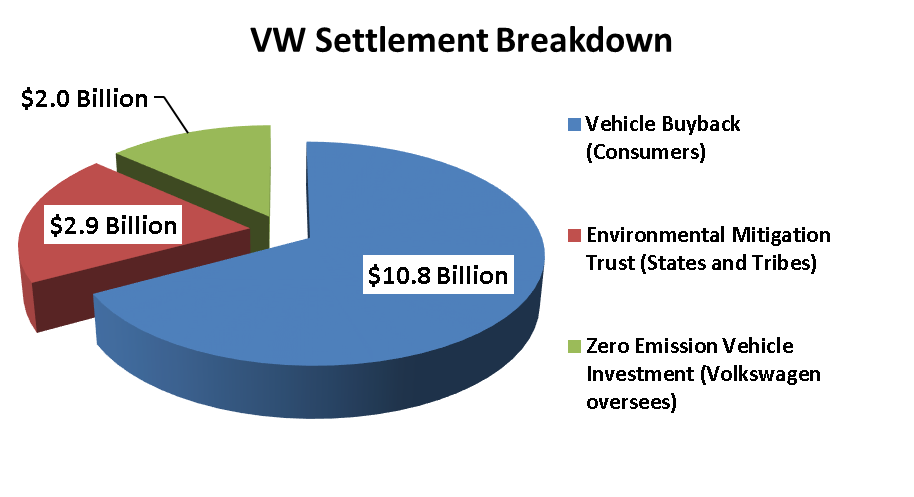
Montana will receive $12.6 million from the environmental mitigation trust. This trust fund will be used for projects that are Eligible Mitigation Actions under the trust that mitigate NOx emissions in the transportation sector. Projects eligible for funding include but are not limited to diesel trucks, buses, freight switcher locomotives, and airport ground support equipment. Vehicle replacements, engine upgrades, and retrofits are eligible for funding. States can also use up to 15 percent of their funds for light duty electric vehicle charging stations available to the public or located at workplaces or multi-unit housing locations.
The Montana Department of Environmental Quality (DEQ) is the state’s lead agency to oversee how Montana’s $12.6 million allocation is distributed and spent. DEQ will be consulting with other agencies and members of the public on how best to spend these funds on eligible projects to maximize air quality and other economic and environmental benefits. Prior to receiving funding, the agency must submit a Beneficiary Mitigation Plan describing how the state plans to use the funds. To develop the Plan, DEQ is seeking public input on state goals, criteria, focus areas and other issues associated with spending and disbursing the environmental mitigation trust funds.
To view information and additional resources from other states involved in the Volkswagen Environmental Mitigation Trust settlement please visit the VW Settlement Clearinghouse page. This page includes contact information and other state’s progress on their mitigation plans.
Settlement Documents
- Final Montana Beneficiary Mitigation Plan
- VW Public Comment Link
- Meeting Recording - Montana Draft Beneficiary Mitigation Plan (August 7, 2018)
- Approximately 2,800 Montanans are registered as owning or leasing affected vehicles. The additional NOx emissions from the affected vehicles is between .07 tons and .26 tons per day.
Project Tools
The AFLEET Tool - AFLEET stands for Alternative Fuel Life-Cycle Environmental and Economic Transportation (AFLEET). This Excel-based tool allows anyone to input simple fleet/vehicle information data and compare emissions, cost of ownership and other outputs.
Mitigation Activity Eligible for Funding:
- Eligible Medium Trucks - Class 4-7 Freight Trucks
- Eligible Buses - Class 4-8 School Bus, Shuttle Bus, or Transit Bus
- Eligible Large Trucks - Class 8 Local Freight Trucks
- Airport Ground Support Equipment
- Ferries/Tugs
- Forklifts
- Railroad Freight Switchers
- Charging Stations for light duty electrical vehicles
- Up to 15% of total state allocation
- Administration Marketing and Education
- Up to 15% of total state allocation
*Click on the drop-downs below to view criteria for each category*
Class 4-7 Local Freight (Medium Trucks) Eligibility
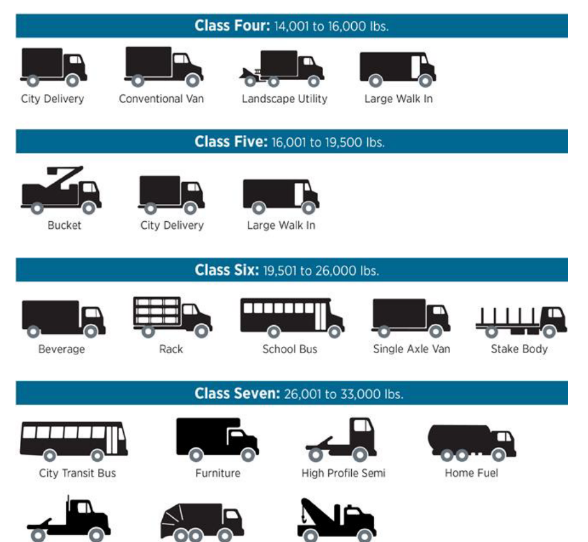
- Gross Vehicle Weight Rating (GVWR 14,000-33,000 lbs.)
- 1992-2009 engine model year medium trucks
- Repower with new diesel or alternate fueled engine
- Replace with new diesel or alternate fueled vehicle
- Repower with all-electric engine (can include charging infrastructure)
- Purchase new all-electric vehicle (can include charging infrastructure)
- Alternate fuels include CNG, propane, hybrid
Class 4-8 School Bus, Shuttle Bus, or Transit Bus Eligibility

- Bus with 2009 engine model year or older
- Repower with new diesel or alternate fueled engine
- Replace with alternate fueled vehicle
- Repower with all-electric engine (can include charging infrastructure)
- Purchase new all-electric vehicle (can include charging infrastructure)
- Alternate fuels include CNG, propane, hybrid
Class 8 Local Freight Trucks Eligibility

- 1992-2009 engine model year Class 8 truck
- Repower with new diesel or alternate fueled engine
- Replace with new diesel or alternate fueled vehicle
- Repower with all-electric engine (can include charging infrastructure)
- Purchase new all-electric vehicle (can include charging infrastructure)
- Alternate fuels include compressed natural gas (CNG), propane, hybrid
Airport Ground Support Equipment Eligibility

- Tier 0, Tier 1, Tier 2
- Uncertified, or certified to 3g/bhp-hr. spark ignition
- Repower with all-electric engine (can include charging infrastructure)
- Purchase new all-electric vehicle (can include charging infrastructure)
- Electrification projects only, no new diesel or alternate fuels
Ferry/Tugs Eligibility
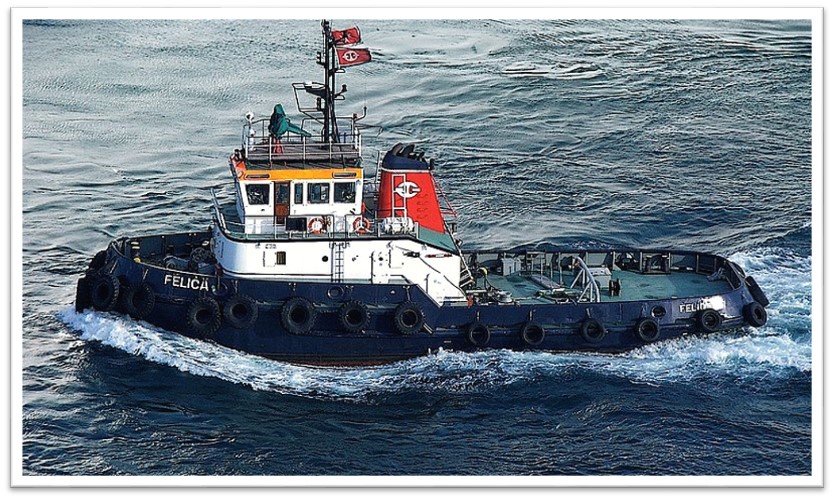
- Ferries/Tugs with unregulated, Tier 1, Tier 2 marine engines
- Repower with new diesel or alternate fueled engine or generator sets
- Repower with all-electric engine (can include infrastructure)
- No funding for replacement ferries/tugs
Forklifts Eligibility
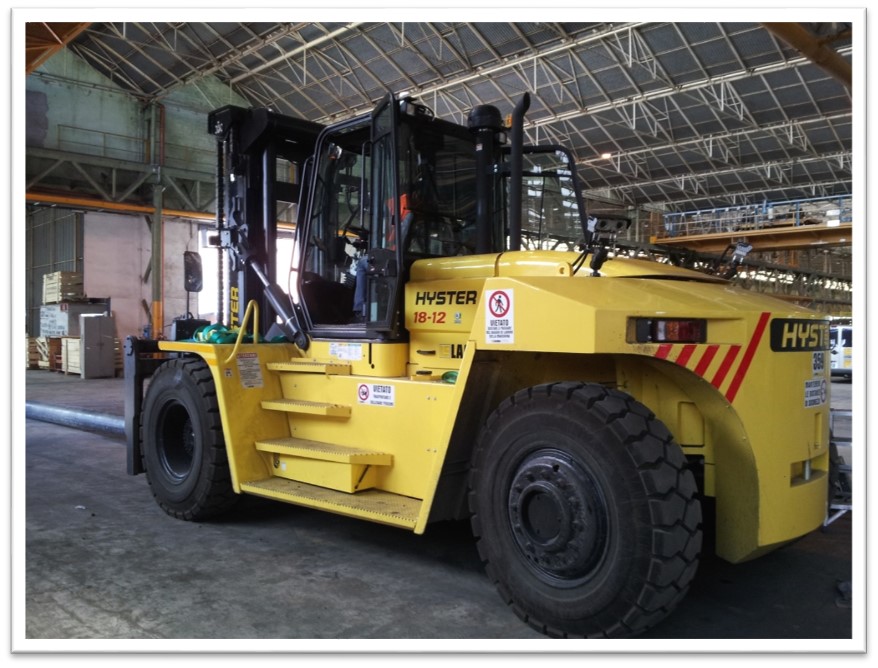
- Forklifts with greater than 8,000 lb. lift capacity
- Repower with all-electric engine (can include charging infrastructure)
- Purchase new all-electric vehicle (can include charging infrastructure)
- Electrification projects only, no new diesel or alternate fuels
Freight Switcher Eligibility
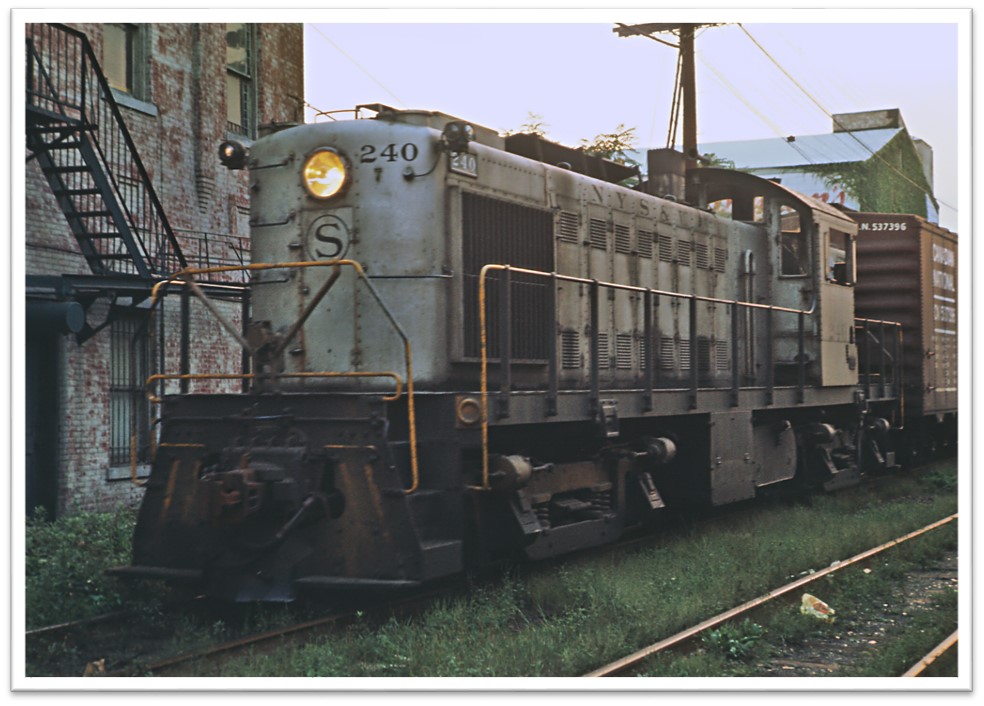
- Switcher with pre- Tier 4 that operates at least 1,000 hours per year
- Repower with new diesel or alternate fueled engine or generator sets
- Replace with new diesel or alternate fueled freight switcher certified to meet US EPA emission standards
- Repower with all-electric engine (can include charging infrastructure)
- Purchase all-new electric freight switcher (can include infrastructure)
Fast Charge Your Ride
| Applicant | County | Grant Amount | Applicant Cost-Share | Type of Electric Vehicle Charging Station (EVCS) Number of EVCS |
|---|---|---|---|---|
| GBP Enterprises, LLC | Park | $63,915.60 | $34,743.34 | 1 DCFC |
| Missoula Electric Cooperative | Missoula | $90,000 | $39,082.12 | 1 DCFC, 1 Level 2 |
| Flathead Electric Cooperative | Flathead & Lincoln | $146,541.21 | $36,635.30 | 2 DCFC, 1 Level 2 |
Charge Your Ride
| Applicant | County | Grant Amount | Applicant Cost-Share | Type of Electric Vehicle Charging Station (EVCS) Number of EVCS |
|---|---|---|---|---|
| City of Billings Division | Yellowstone | $25,500 | $11,247.76 | Dual-port Level 2 (3 EVCS) |
| City of Helena | Lewis & Clark | $17,000 | $23,781.46 | Dual-port Level 2 (2 EVCS) |
| Gallatin Import Group | Gallatin | $34,000 | $10,464.63 | Single-port Level 2, DCFC (2 EVCS) |
| GBP Enterprises, LLC | Park | $8,500 | $32,981.90 | Single-port Level 2 (1 EVCS) |
| Montana Dept. of Administration | Lewis & Clark | $26,000 | Dual-port Level 2 (4 EVCS) | |
| Mountain View Meadows, LLC | Lewis & Clark | $8,500 | $7,943.49 | Dual-port Level 2 (1 EVCS) |
| MTB Management, Inc | Missoula | $29,788 | $10,273.50 | DCFC (1 EVCS) |
| MTB Management, Inc | Lake | $29,868 | $10,193.50 | DCFC (1 EVCS) |
| University of Montana | Missoula | $34,000 | $31,233.92 | Dual-port Level 2 (4 EVCS) |
| University of Montana | Beaverhead | $8,500 | $6,988.40 | Dual-port Level 2 (1 EVCS) |
| Town of Virginia City | Madison | $8,500 | $7,814.32 | Dual-port Level 2 (1 EVCS) |
| City of Billings Logan International Airport | Yellowstone | $25,500 | $11,989.00 | Dual-port Level 2 (3 EVCS) |
| City of Hamilton | Ravalli | $8,500 | $13,187.00 | Dual-port Level 2 (1 EVCS) |
Diesel Emissions Reduction Act Clean School Bus Program
| Number of Buses | School | Technology | Total Award Amount |
|---|---|---|---|
| 1 | Alberton | New Diesel School Bus | $22,500 |
| 1 | Belt | New Diesel School Bus | $22,500 |
| 1 | Big Fork | New Diesel School Bus | $22,500 |
| 2 | Browning | New Low NOx Propane School Bus | $63,000 |
| 1 | Cayuse Prairie | New Diesel School Bus | $22,500 |
| 1 | Charlo | New Low NOx Propane School Bus | $22,500 |
| 2 | Corvallis | New Low NOx Propane School Bus | $45,000 |
| 1 | Custer | New Diesel School Bus | $22,500 |
| 2 | Frenchtown | New Propane School Bus | $63,000 |
| 2 | Huntley Project | New Low NOx Propane and New Diesel School Bus | $54,000 |
| 1 | Libby | New Diesel School Bus | $22,500 |
| 1 | Livingston | New Diesel School Bus | $22,500 |
| 2 | Lone Rock | New Diesel School Bus | $45,000 |
| 4 | Billings | New Diesel School Bus | $90,000 |
Mountain Line Transit Bus Replacement
University of Montana Transit Bus Replacement
Clean Truck, Bus, & Airport Equipment Program
- Street Sweeper Funding Draw Down Request
- Airport Equipment Funding Draw Down Request
- Airport Equipment Funding Draw Down Request - Amended
- School Bus Funding Draw Down Request
- School Bus Funding Draw Down Request - Amended
- Airport Equipment Funding Draw Down Request 2
- Shuttle Bus Funding Draw Down Request
- Diesel Truck Funding Draw Down Request
| Applicant | County | Grant Amount | Applicant Cost-Share | Technology |
|---|---|---|---|---|
| City of Helena | Lewis & Clark | $500,000 | $123,758 | 1 Electric Street Sweeper |
| Town of Superior | Mineral | $500,000 | $123,758 | 1 Electric Street Sweeper |
| Missoula County Airport Authority | Missoula | $236,095 | $96,386.63 | 3 Electric Belt Loaders, 1 Electric Push Back Tractor |
| East Helena Public Schools | Lewis & Clark | $339,202.70 | $64,483.82 | 1 Electric School Bus |
| Havre Public Schools | Hill | $745,266.50 | $115,359.62 | 8 Electric School Buses |
| First Student | Yellowstone | $3,243,538.16 | $544,502.40 | 8 Electric School Buses |
| Missoula County Airport Authority | Missoula | $47,804.40 | $20,487.60 | 1 Electric Baggage Tractor |
| City of Billings Logan International Airport | Yellowstone | $273,572 | $48,278 | 1 Electric Shuttle Bus |
| Allied Waste Services, LLC | Missoula & Yellowstone | $183,395.35 | $1,439,503.81 | 5 Diesel Refuse Trucks |
| Missoula County | Missoula | $61,031.60 | $244,126.40 | 2 Diesel Trucks |
All dates are estimates and subject to change. Check back for new funding opportunities.
| Event | Approximate Time Frame |
|---|---|
| Trust Effective Date (TED) | October 2, 2017 |
| DEQ finalized mitigation plan and filed with Trustee | November 2018 |
| 80 percent of VW funds must be obligated | October 2, 2027 |
| VW Trust dissolves | October 2, 2032 |
Montana Semiannual Reports
- September 8, 2025 VW Semi Annual Report
- February 21, 2025 VW Semi Annual Report
- September 17, 2024 VW Semi Annual Report
- February 14, 2024 VW Semi Annual Report
- July 31, 2023 VW Semi Annual Report
- January 31, 2023 VW Semi Annual Report
- August 4, 2022 VW Semi Annual Report
- January 31, 2022 VW Semi Annual Report
- July 31, 2021 VW Semi Annual Report
- February 3, 2021 VW Semi Annual Report
- April 30, 2020 VW Semi Annual Report
Volkswagen News and Information Mailing List
DEQ will be sending out all information related to the Volkswagen settlement, development of the mitigation plan, information and updates on our VW settlement interested parties list.
- Click sign up for updates
- Enter your name and email address and click submit
- Scroll down and check the Volkswagen Settlement Interested Parties box
- Click submit
- VW Settlement Clearinghouse - This website gathers resources and information from states on the Volkswagen Environmental Mitigation Trust settlement. It also includes contact information and state progress on their mitigation plans.
- AFLEET Tool - AFLEET stands for Alternative Fuel Life-Cycle Environmental and Economic Transportation (AFLEET). This Excel-based tool allows anyone to input simple fleet/vehicle information data and compare emissions, cost of ownership and other outputs.
